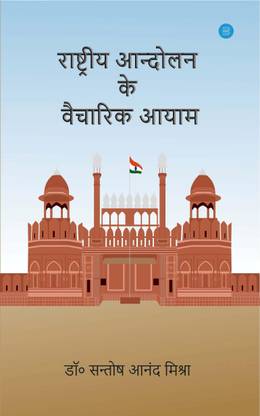R. K. Narayan (October 10, 1906 – May 13, 2001)
Introduction:
R. K. Narayan is regarded as one of the foremost pillars of Indian English literature. He portrayed Indian life, traditions, culture, and social structures with simplicity, humor, and deep insight. His creation of the fictional town Malgudi became an iconic element in Indian literature. Narayan represented the era of Indian English novelists during the time when India was struggling for independence and society was undergoing rapid transformation.
Birth and Early Life:
Rasipuram Krishnaswami Iyer Narayanaswami was born on October 10, 1906, in Madras (now Chennai), in a Brahmin family. His father was a school principal, which provided him with a conducive environment for education. During childhood, he lived with his grandmother and developed a strong interest in storytelling. He completed his early education in Madras and earned a B.A. degree from the University of Madras.
Beginning of Literary Career:
Narayan began his career as a journalist but was more inclined toward writing fiction. His first novel, Swami and Friends (1935), introduced the fictional town of Malgudi. The preface of the novel was written by the famous English writer Graham Greene, who played a vital role in bringing Narayan’s works to international recognition.
Major Works:
- Swami and Friends (1935): A glimpse of Indian society through the lens of childhood.
- The Bachelor of Arts (1937): A story of education, love, and self-discovery.
- The English Teacher (1945): Depicts personal grief, love, and spiritual exploration.
- The Guide (1958): His most famous novel, adapted into a film by Dev Anand.
- Malgudi Days (1943): A collection of short stories based on the characters of Malgudi.
- The Man-Eater of Malgudi (1961): A symbolic tale of morality versus evil.
Malgudi – A Realistic Fictional Town:
Malgudi, a product of Narayan’s imagination, seems to be located in South India. It represents every small Indian town – with its streets, railway station, school, merchants, Brahmins, and saints – all depicted with remarkable realism. Creating such a lifelike fictional place is considered one of Narayan’s greatest literary achievements.
Style and Language:
Narayan’s language is simple, lucid, and vivid. He had the ability to convey profound thoughts in a few words. His works often contain humor and satire, though never harsh or aggressive. His writing reflects Indian settings, ethos, and mentality. He used the English language in a uniquely Indian way, infusing it with local color and sensibility.
Honors and Awards:
- Padma Bhushan (1964)
- Padma Vibhushan (2000)
- Sahitya Akademi Award (for The Guide, 1960)
- Raja Ram Mohan Roy Award
- Honorary Doctorates from institutions including the University of Mysore
Personal Life and Death:
Narayan married Rajam in 1934, but she passed away in 1939, a loss that deeply affected him. He expressed this personal grief in The English Teacher. He passed away on May 13, 2001, at the age of 94.
Conclusion:
R. K. Narayan gave Indian English literature a new direction. He brought the essence of Indian life vividly to a global stage. Through Malgudi, he captured the emotional landscape of common Indian lives. He was not just a great storyteller, but also a sensitive observer who wove extraordinary tales out of ordinary lives.












0 Comments
Thank you